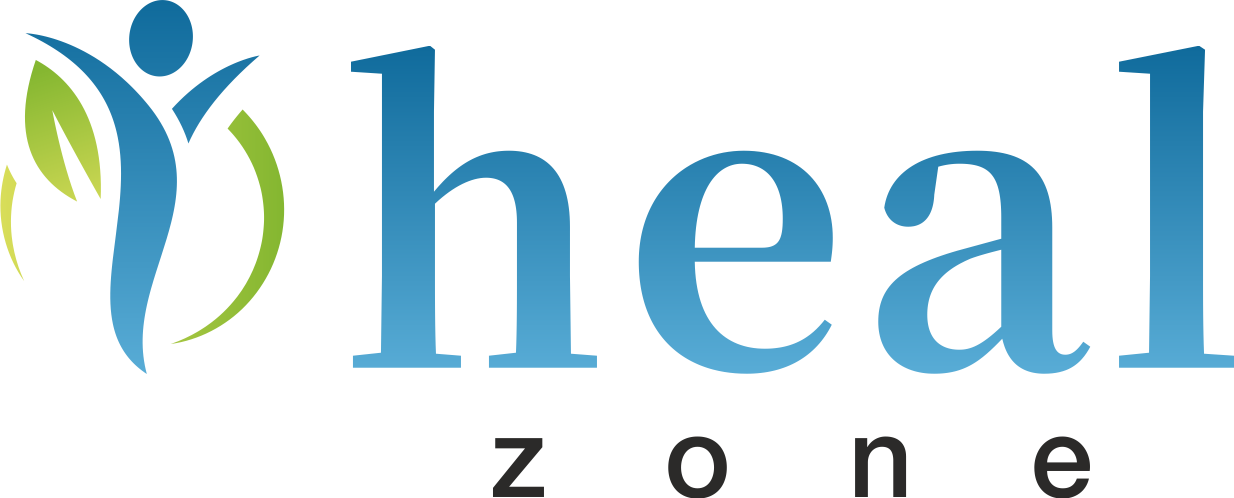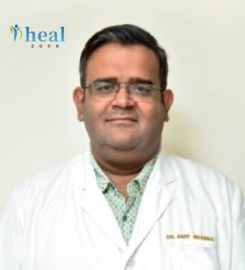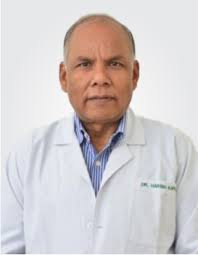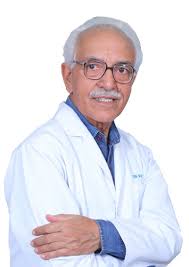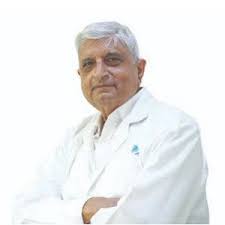What Is Adenotonsillectomy Surgery?
Adenotonsillectomy is a combined surgical procedure that involves the removal of both the adenoids (lymphatic tissue behind the nasal cavity) and the tonsils (glands located at the back of the throat). This procedure is primarily performed in children but may also be indicated for adults with chronic ENT issues.
Why Is It Performed?
- To treat recurrent throat infections (tonsillitis or adenoiditis)
- To alleviate sleep apnea or snoring caused by airway obstruction
- To reduce chronic ear infections, especially in children
- To improve breathing, speech, and swallowing
Adenotonsillectomy is often done as an outpatient or short-stay procedure with minimal downtime when performed using advanced tools like coblation or endoscopic guidance.
What Are the Different Types of Adenotonsillectomy Procedures?
India offers a variety of surgical approaches for adenotonsillectomy, tailored to patient needs and hospital capabilities:
1. Cold Steel (Traditional) Dissection:
- Uses surgical instruments like scalpels and scissors
- Cost-effective but may cause more bleeding
- Common in basic setups
2. Electrocautery Adenotonsillectomy:
- Uses heat from electric current to cut and cauterize tissue
- Reduces intraoperative bleeding
- Slightly longer healing time compared to coblation
3. Coblation (Cold Ablation):
- Uses a low-temperature plasma field to gently remove tissue
- Minimally invasive with less pain and bleeding
- Promotes faster healing
- Ideal for pediatric and sensitive patients
4. Endoscopic Adenotonsillectomy:
- Performed using a nasal endoscope and camera
- Offers direct visualization, allowing precise tissue removal
- Recommended in cases with complex anatomy or revision surgeries
Most top ENT centers in India now prefer coblation or endoscopic techniques for faster recovery, minimal trauma, and better outcomes.
Who Needs Adenotonsillectomy Surgery?
Adenotonsillectomy is commonly recommended for children aged 2–12 years, but can also be necessary for adults in specific cases.
Indications in Children and Adults:
- Repeated tonsil infections (more than 5–7 per year)
- Chronic adenoiditis causing nasal obstruction or breathing issues
- Sleep-disordered breathing or pediatric obstructive sleep apnea
- Difficulty swallowing, mouth breathing, or poor school performance
- hronic ear infections due to adenoid enlargement
- Failure of medical treatments with antibiotics or nasal sprays
Indian ENT specialists evaluate the frequency, severity, and impact of symptoms before recommending surgery.
What Are the Symptoms and How Is Adenotonsillar Disease Diagnosed in India?
Common Symptoms:
- Loud snoring and breathing pauses during sleep
- Persistent mouth breathing
- Recurrent sore throat or tonsil swelling
- Nasal congestion and post-nasal drip
- Hearing loss or fluid in the middle ear
- Irritability, poor concentration, or daytime sleepiness in children
Diagnostic Process in India:
1. ENT Physical Examination: To assess tonsil size, nasal airflow, and mouth breathing
2. Nasal Endoscopy: A flexible camera to visualize enlarged adenoids
3. Throat Swab Tests: To detect streptococcal or bacterial infections
4. X-ray of Nasopharynx or Lateral Neck: To confirm adenoid hypertrophy
5. Sleep Study (Polysomnography): For suspected pediatric sleep apnea
6. Audiometry/Tympanometry: To assess middle ear function and hearing
India’s ENT hospitals offer rapid diagnostics, often completing evaluation and pre-op workup on the same day for traveling international patients.
What Are the Treatment Options Before Adenotonsillectomy Surgery?
Before surgery is considered, Indian ENT specialists typically recommend non-surgical management for patients with mild to moderate symptoms. However, repeated or severe infections and airway obstruction often require surgery.
Non-Surgical (Conservative) Management Includes:
- Antibiotics: For bacterial tonsillitis or adenoiditis
- Nasal corticosteroid sprays: To reduce adenoid inflammation
- Antihistamines and decongestants: For allergic rhinitis and nasal congestion
- Pain relievers: For sore throat and fever
Lifestyle changes: Improved hydration, humidifiers, dietary adjustments
When Is Surgery Recommended?
- ≥5 episodes of tonsillitis in a year
- Breathing difficulties or sleep-disordered breathing
- Persistent mouth breathing, nasal voice, or snoring
- Hearing loss due to chronic ear fluid buildup
- Failed response to medications over 3 months or more
Indian ENT surgeons are conservative in their approach, recommending surgery only when truly necessary and after appropriate evaluation.
What Is the Detailed Treatment Protocol for Adenotonsillectomy in India?
India’s treatment protocol for international patients is streamlined, safe, and aligned with global ENT standards.
1. Pre-operative Evaluation:
- ENT consultation and clinical examination
- Diagnostic tests: X-rays, nasal endoscopy, blood work, sleep study (if needed)
- Anesthesia clearance (especially important for children)
- Admission on the same day or a day before surgery
2. Surgery Day:
- General anesthesia administered
- Procedure duration: 30–60 minutes
- Tonsils removed through the mouth; adenoids removed using curette, electrocautery, coblation, or endoscope
- Minimal blood loss in coblation techniques
3. Post-operative Recovery:
- Monitored for 3–6 hours (or overnight in some cases)
- Intravenous fluids, pain medications, and antibiotics
- Soft food started after 4–6 hours once swallowing improves
4. Discharge & Home Care:
- Same-day discharge or next-day in most cases
- Instructions on hydration, diet, pain control, and voice rest
- Follow-up in 7 days (in-person or via teleconsultation)
Healzone coordinates each step—from hospital admission to post-op care—for international patients to ensure comfort, safety, and clarity.
What Devices and Technologies Are Used for the Surgery?
Indian ENT centers use FDA- and CE-approved devices that match international surgical quality standards.
Key Surgical Tools and Devices:
|
Tool/Device |
Purpose |
|
Mouth gag with light |
Keeps the mouth open during surgery |
|
Tonsil snare/scalpel |
Used in traditional removal techniques |
|
Coblation wand |
Uses plasma to dissolve tissue at low temperatures |
|
Electrocautery unit |
Cuts and seals tissue using controlled heat |
|
Nasal endoscope |
Allows visualization for precise adenoid removal |
|
Suction cautery system |
Simultaneously removes and cauterizes tissue |
Coblation and endoscopic technologies are preferred by ENT surgeons in India for their precision, minimal bleeding, and faster healing—especially in children.
What Is the Complete Cost Breakdown of Adenotonsillectomy Surgery in India?
India offers transparent, all-inclusive packages for international patients undergoing adenotonsillectomy.
|
Cost Component |
Estimated Price (USD) |
|
ENT Consultation & Diagnosis |
$40 – $60 |
|
Nasal Endoscopy/X-ray |
$50 – $80 |
|
Sleep Study (if needed) |
$100 – $250 |
|
Pre-surgery Blood Tests |
$50 – $100 |
|
Surgery Charges |
$600 – $900 |
|
General Anesthesia & OT Charges |
$200 – $300 |
|
Hospital Stay (Daycare/1 night) |
$100 – $150 |
|
Coblation Device/Equipment Use |
$100 – $150 |
|
Medications and Consumables |
$60 – $100 |
Total Cost Range in India: $1,200 – $1,800
Packages may vary slightly based on the technology used and hospital location, but all-inclusive quotes are typically provided upfront by Healzone.
What Procedure Types Are Used for Adenotonsillectomy in India?
Indian ENT surgeons use multiple approaches to perform adenotonsillectomy based on the patient’s age, anatomy, recurrence severity, and desired recovery time.
1. Traditional Cold Dissection:
- Uses scalpel and snare for tonsils, curette for adenoids
- Most cost-effective, but may cause more bleeding
- Requires longer post-op recovery
2. Electrocautery Adenotonsillectomy:
- Cuts and cauterizes tissue using electrical current
- Less bleeding during surgery
- May cause more discomfort post-surgery compared to coblation
3. Coblation-Assisted Adenotonsillectomy:
- Uses plasma-based low-temperature energy to remove tissue
- Preserves surrounding healthy tissue
- Minimal bleeding, less pain, faster healing
- Ideal for children and adults prone to scarring or inflammation
4. Endoscopic-Assisted Adenoidectomy:
- Often paired with coblation for better visualization
- Camera-guided adenoid removal ensures complete excision
- Especially useful in revision surgeries or narrow nasal anatomy
India offers a customized approach, and Healzone helps ensure the most suitable technique is selected for each patient after medical review.
What Are the Advantages of Getting Adenotonsillectomy in India?
India is a top destination for ENT surgeries due to its blend of affordability, medical excellence, and hospitality. International patients choose India for several compelling reasons:
Cost-Effective ENT Care:
- Up to 80% lower costs than in Western countries
- Comprehensive packages include diagnostics, surgery, anesthesia, medications, and follow-up
World-Class Surgeons and Technology:
- ENT specialists with global training and years of surgical experience
- Use of coblation, endoscopy, and pediatric anesthesia protocols
Minimal Waiting Times:
- Fast-track consultations, same-week surgery scheduling
- Efficient patient workflows suitable for medical travelers
Family-Friendly Facilities:
- Pediatric-friendly recovery rooms
- Dedicated staff for international patient comfort
Recovery Coordination:
- In-room physiotherapy and feeding advice
- Teleconsultation post-discharge for virtual care continuity
India delivers internationally benchmarked ENT surgery at a cost that’s sustainable even without insurance.
Why Choose Healzone for ENT Surgery in India?
Healzone is a specialized medical tourism facilitator that helps international patients navigate, plan, and receive ENT treatment in India with peace of mind.
Reasons to Trust Healzone:
Accredited Hospital Network:
- Only partners with NABH and JCI-accredited centers
- ENT departments with pediatric and adult expertise
End-to-End Support:
- Medical visa assistance
- Airport pickup, accommodation booking, and interpreter services
- 24/7 support during your hospital stay
Pre-Negotiated Fixed Packages:
- Transparent pricing with no hidden fees
- Includes surgery, devices, medications, and early recovery
Post-Op and Travel Guidance:
- Return flight clearance by doctors
- Diet and rehab instructions emailed before departure
- Free video follow-ups after return to home country
Healzone makes ENT surgery in India seamless, efficient, and safe for individuals or families traveling from abroad.
What Pre- and Post-Operative Precautions Should International Patients Follow?
Before Surgery:
- Disclose all allergies, current medications, and prior ENT surgeries
- Avoid blood thinners or herbal supplements 1 week prior
- Fast for 6–8 hours before surgery
- Ensure your child is well hydrated and rested the day before
After Surgery:
- Expect mild throat pain, nasal congestion, or ear pressure
- Encourage a soft diet (soups, yogurt, porridge) for 5–7 days
- Keep the patient well-hydrated at all times
- Avoid spicy, acidic, or hard foods
- Maintain strict oral hygiene without gargling
- Avoid crowded places or school for 1 week
- Monitor for signs of complications: bleeding, high fever, or difficulty breathing
Healzone provides printed and digital aftercare instructions and ensures you have round-the-clock access to medical support post-discharge.
Adenotonsillectomy in India provides international patients with a safe, effective, and affordable solution to chronic ENT issues. With modern technology, skilled ENT surgeons, and streamlined care protocols, recovery is swift and long-lasting.
Healzone ensures your medical travel is fully managed—from visa and accommodation to recovery and return flight. With personalized care, transparent pricing, and post-treatment support, you're never alone on your healthcare journey
